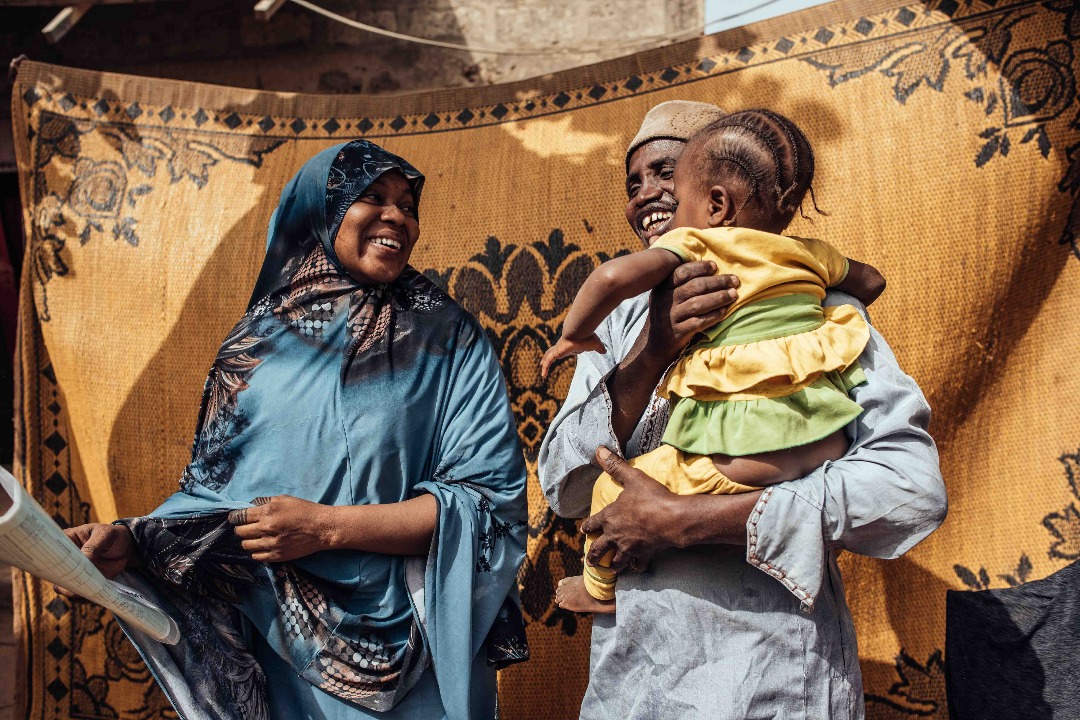Raising the Roof and Keeping It There: Analysis of the Power Holding Company in Nigeria

Development programs often emphasize distributing a needed resource to as many people as possible. Once a program or company finishes with an area, it moves onto the next one. However, that strategy risks leaving people in poor, especially rural areas with infrastructure they may not know how to keep up. One such infrastructure is power production.
Electric Supply in Nigeria
Take the Power Holding Company of Nigeria (PHCN) as an example. It was owned by the government, was the only centralized electric company there and contributed to less than 1% of the country’s GDP. In the U.S., electricity production and movement accounts for five times that GDP percentage. As the country with the second-most total economic activity in Africa, PHCN is a significant player and has the potential to be a leader for the rest of the continent. The inefficiency of power production and the deterioration of existing lines and plants, however, seriously hurt growth. Most Nigerians, if they have power at all, can only use it erratically. If they want a steadier supply, they must rely on fossil fuel generators, which is simply unattainable for many low-income families and groups.
Proposed Solutions for Reliable Electricity
The lack of consistency in power production hurts far more than it may initially seem. If the industry cannot produce with regularity, other countries will outcompete Nigerians in most cases, compounding the issue of growth already present. Even when the industry does get power, it is more expensive because so much of it is lost – the system is currently working at 1/3 capacity, producing less than 3,900 MW for the whole country. With all these issues, it’s obvious that there needs to be a change. Some solutions that the government and other groups proposed are:
- Privatization: In theory, letting in investors should allow people to run the power sector of Nigeria with much more efficiency. Additionally, it can reduce the amount of corruption by separating power production from a not-so democratically elected government. This happened in 2012 when control passed to many oligarchs in the Nigerian GENCO group. However, privatization may widen the income gap between the rich and poor, where the top 1% already have 82% of the country’s wealth.
- Grants: Many organizations can give money to improve the general infrastructure directly. The World Bank gave Nigeria one such grant in 2018 of around $500 million. This money focuses on increasing access to and stabilizing the already existing power grid that supports 50% of the population. Although $500 million may seem like a lot of money, it’s an investment that can pay off for American and other developed countries’ businesses, as Nigerians can make more wealth and spend it in other parts of the world.
- Rethinking the System: The limited amount of energy-producing plants creates an opportunity for alternative energy solutions. Nigeria could invest in greener energy solutions, such as solar panels and wind turbines that produce power locally. Since long-distance power lines lose 7% of their energy, localizing production could save hundreds of megawatts, increasing stability and accessibility. This could also reduce environmental challenges due to greenhouse gases.
Improving access to electricity in developing countries like Nigeria is no easy feat. However, teaching proper maintenance techniques is essential no matter what path the country decides to take. That’s how power will get to the last 50% of Nigerians and be stable for everyone in the nation.
– Michael Straus
Photo: Flickr
